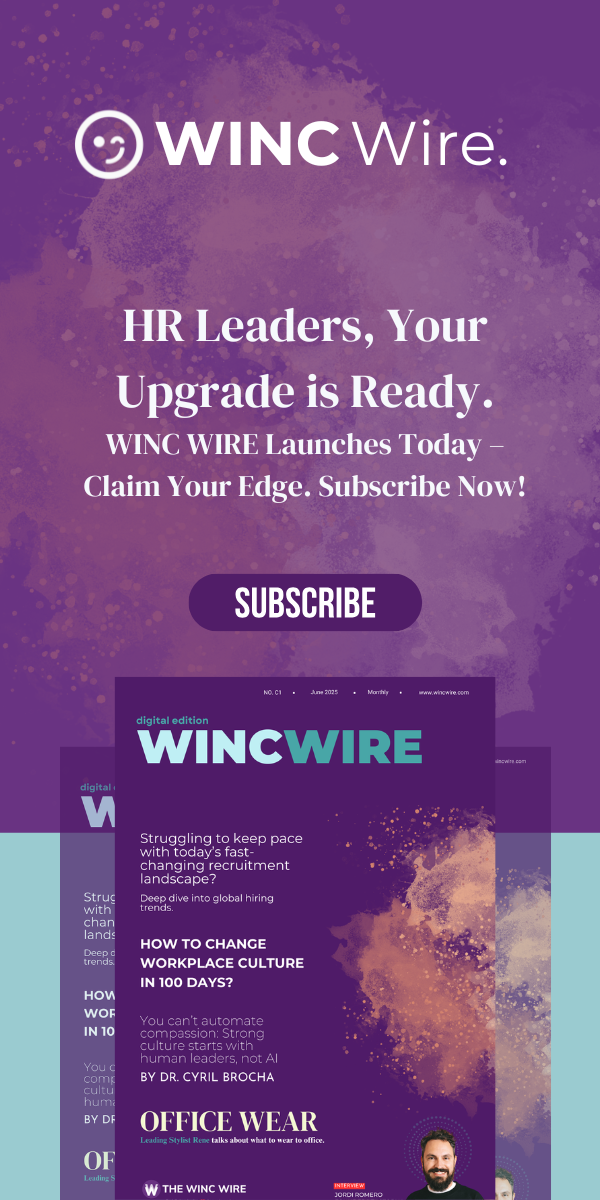In the evolving world of work, motivating people can feel like navigating through shifting sands especially when hybrid models and global teams have become the norm. Yet, the essence of what drives people has not changed; it’s simply been buried under layers of outdated management thinking. The true lever isn’t perks or ping-pong tables it’s purpose. If you want sustainable performance, you must tap into what truly matters to people.
Whether you’re running a Michelin-starred kitchen or scaling an automotive plant, the same principle applies: people perform best when their work feels meaningful, their growth is nurtured, and their efforts are recognised.
1. Purposeful Work Is the Cornerstone of Engagement
Before COVID ever rewrote our working patterns, employees were already seeking more than just a payslip. Now, that hunger for purpose has grown sharper. Making work meaningful isn’t a fluffy HR goal it’s a commercial imperative.
- Harness Their Strengths: Align roles with individual talents and ambitions. When work plays to someone’s strengths, it becomes a craft — not just a task. That’s when productivity surges and attrition falls.
- Unite Around Shared Objectives: People want to know how their contributions fit into the wider organisational mission. Connecting individual goals to company strategy turns isolated effort into collective momentum.
- Make the Impact Visible: Use stories, stats, and lived examples to show how someone’s daily output touches lives or moves the needle. A customer’s praise, for example, can be a far more powerful motivator than a bonus.
Hospitality Parallel: In my days leading front-of-house teams, we created a ‘Guest Gratitude Wall’ with handwritten notes from patrons. Every note was a reminder that we weren’t just serving food we were creating moments that mattered.
2. Growth Is Found at the Edge of Comfort
There’s a misconception that employees want things easy. In truth, most people want challenge the kind that stretches them without breaking them. Growth doesn’t come from the comfort zone; it comes from the stretch zone.
- Set Bold Yet Achievable Targets: Co-create goals that are ambitious but grounded. This not only raises performance but strengthens trust.
- Promote Learning by Doing: Move beyond passive training. Let junior staff shadow seniors, then take the reins themselves. Nothing beats experiential learning.
- Involve Them in the ‘Why’: Invite voices from all levels into decision-making. When people feel their ideas matter, they invest more deeply in outcomes.
Automotive Analogy: Think of development like tuning a high-performance engine the right pressure creates power. Too little, and you lose momentum. Too much, and you risk burnout. Balance is key.
3. Mutual Value Builds Loyalty, Not Contracts
Gone are the transactional employer-employee dynamics of the past. Today’s workforce expects and deserves a relationship grounded in mutual respect and shared benefit.
- Build Trust Daily: Psychological safety isn’t built in HR policies; it’s built in everyday interactions.
- Modernise Benefits: Don’t assume yesterday’s perks still hold relevance. Review offerings regularly and tailor them to your team’s real needs — be that wellbeing support, learning credits, or flexible schedules.
- Supportive Leadership Matters: Equip managers not just to manage output but to care. A well-supported employee becomes a brand ambassador.
Real-World Example: One global client recently replaced generic employee discounts with a wellness allowance employees could spend on anything from yoga to learning a new language. Engagement scores soared.
4. Culture Is the Soil in Which People Flourish
A thriving environment isn’t about beanbags or breakroom gimmicks. It’s about the daily climate how people are spoken to, how success is celebrated, and how setbacks are handled.
- Lead with Purpose: A clear mission acts as a North Star. When employees understand your “why”, they’re far more likely to stay the course.
- Foster Cross-Team Energy: Connection fuels collaboration. Create intentional spaces virtual or in-person where relationships can form organically.
- Recognise the Human: Celebrate milestones, not just metrics. Whether it’s a project win or a birthday, acknowledging people goes a long way.
Hospitality Reference: At one five-star property I supported, we held sunrise briefings where chefs, concierges, and housekeeping shared what they were proud of. The cross-functional respect that grew from this became the heartbeat of the hotel.
5. Recognition Isn’t an Add-On It’s Your Engine
Recognition isn’t soft. It’s strategy. It turns discretionary effort into consistent excellence. When employees feel seen, they lean in.
- Timely and Targeted: Recognition works best when it’s immediate and specific. “Great job on the report” is forgettable. “Your insight helped us win that pitch” is memorable.
- Personalise the Praise: Some flourish with a public shoutout; others prefer a quiet word. Know your people.
- Reinforce Core Values: Link praise back to the behaviours that define your culture it signals what you want more of.
Tech-Enabled Suggestion: Use peer-to-peer recognition platforms that allow for real-time appreciation. Empower everyone not just managers to celebrate excellence.
The Takeaway: Motivation is a Culture, Not a Campaign
As organisations evolve to meet the demands of a changing world, intrinsic motivators remain the steady engine beneath transformation. If we want people to bring their best, we must give them more than deadlines and dashboards. We must give them purpose, challenge, and recognition.
The workplaces that thrive tomorrow are being built today not with perks, but with people-first principles. Prioritise these five drivers and you’ll build more than a workforce you’ll build a culture of excellence.
Let’s not wait for the future of work to arrive. Let’s lead it.


